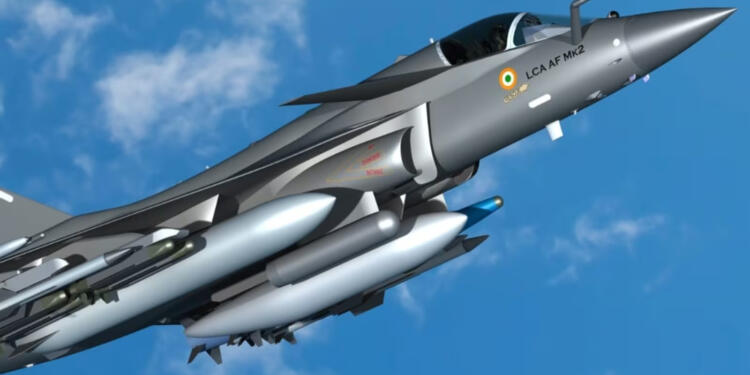The Tejas Mk II, India’s advanced light combat aircraft, is set to receive its own airborne Software-Defined Radio (SDR) broadband network, a significant upgrade that promises to enhance its operational capabilities and overall defense system. This development comes as part of India’s broader efforts to modernize its military and improve communication systems across its armed forces.
Key Features of the Airborne SDR Broadband Network:
Enhanced Communication: The airborne SDR will facilitate secure, high-speed communication between the Tejas Mk II and other military assets. This allows for real-time data sharing and improved situational awareness, crucial for effective decision-making in combat scenarios.
Interoperability: The SDR will ensure seamless integration with various platforms and units within the Indian Armed Forces. This interoperability is vital for coordinated operations, enabling the Tejas Mk II to work alongside other aircraft, ground forces, and naval units without communication barriers.
Flexible Operations: One of the standout features of SDR technology is its adaptability. The network can be easily reconfigured to meet changing mission requirements, whether for intelligence gathering, surveillance, or combat support. This flexibility allows the Tejas Mk II to remain effective in diverse operational environments.
Resilience Against Jamming: The SDR’s ability to switch frequencies dynamically enhances its resilience against electronic warfare tactics, such as jamming. This ensures that communication links remain intact even in contested environments, giving the Tejas Mk II a tactical advantage.
Data-Driven Operations: By incorporating advanced data processing capabilities, the SDR will enable the Tejas Mk II to handle vast amounts of information. This capability will support advanced combat tactics and strategic planning, helping pilots make informed decisions quickly.
The introduction of an airborne SDR broadband network in the Tejas Mk II represents a significant leap in India’s defense capabilities. Improved communication and interoperability will enhance joint operations, ensuring that air, land, and sea forces can work together more effectively. Additionally, the flexibility and resilience of the SDR will prepare the Tejas Mk II to operate in complex and contested environments, bolstering India’s defense posture.
Overall, this upgrade will not only strengthen the Tejas Mk II but will also contribute to a more integrated and modern Indian defense system, positioning the country to address evolving security challenges more effectively.




























